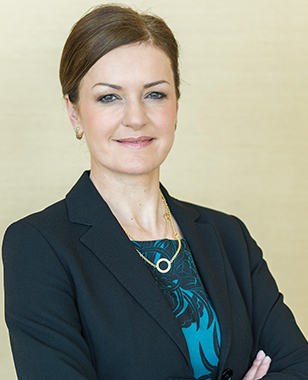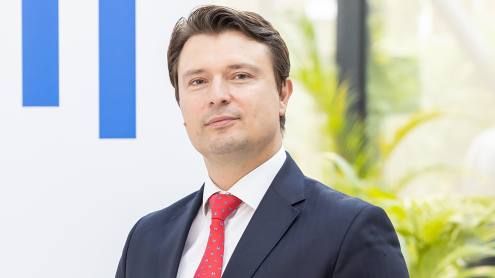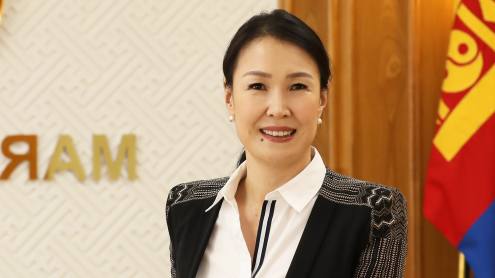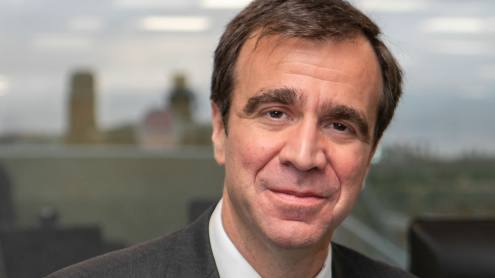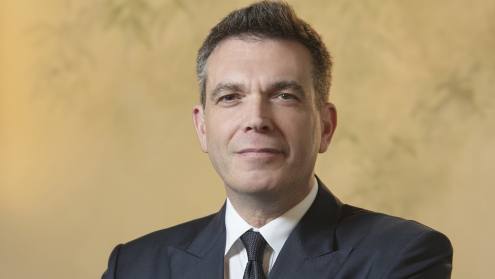French energy giant Engie is serious about saving the planet. In 2016 the company pivoted to a new strategic ambition to lead the industry in enabling its clients to achieve zero-carbon operations. Ever since, almost all of its decisions have been made with green principles in mind. The company has dumped carbon-intensive assets and refocused on three areas: gas, renewables and energy efficiency. As a result, it has established itself as global leader in zero-carbon solutions.
Engie is aiming to expand its renewable energy productive capacity from the current 24 gigawatts, equivalent to the energy produced annually by about 10,000 wind turbines, to 33 gigawatts. Over the past three years, the company has invested in wind, solar, biogas, biomass, geothermal and hydropower. It also has a fast-growing business in client services that include on-site co-generation, heating and cooling networks, public lighting and rooftop solar power. It is the world’s second largest provider of electric vehicle charging stations.
Green bonds number one
Of course, none of this comes cheap. In 2018, Engie recorded profits of €2.5bn against revenues of about €60bn, representing earnings before interest, tax, depreciation and amortisation (Ebitda) growth of around 5%. It has also raised a significant chunk from investments totalling about €16bn over three years. Over the same period Engie has exited coal and exploration and production, in the process reducing its own carbon emissions by 50%. The company is an enthusiastic capital markets participant, and is the world’s number one corporate issuer of green bonds, with about €8.5bn outstanding.
“We are focused on global mega-trends, and with that in mind it makes sense for our borrowing strategy to reflect those priorities,” says Judith Hartmann, Engie executive vice-president and chief financial officer. “We started selling green bonds in 2014 and we are very proud to have become the world’s largest issuer. It is hard to quantify the pricing benefit but it does help us tap into a larger investor base and get better momentum in book-building.”
Engie carries net debt of about €22bn, compared with €27.7bn in 2015. Its ratio of net debt to Ebitda was 2.3 times at the end of 2018 (against a 2.5 times target). The company, which is 24% owned by the French state, is rated A3 by Moody’s and A- by Standard & Poor’s. The Moody’s rating was cut from A2 in June 2019 following France enacting a law allowing the government to dispose of its shareholding.
Financing redemptions
Engie’s recent record has been to issue between €2bn and €4bn of debt annually, primarily to finance redemptions. Redemptions in 2019 were €2.1bn (all in the first half of the year). In January, Engie launched a tender offer to refinance a perpetual hybrid (callable in 2019) sold in 2014, and in its place issued a green hybrid for €1bn, securing a lower coupon in the process.
“We are reasonably flexible so we tend to be opportunistic in our issuance, and often will only decide to go ahead a few days ahead of time,” says Ms Hartmann. “We aim to retain a smooth maturity profile and our average maturity in gross debt terms is eight years, while on a net basis it is closer to 11 years.”
The company issues green bonds under the Green Bond Principles, verified by a third party, and has a green bond committee to select eligible projects. It commits to allocate proceeds of bond issues within two years when the maturity is less than 10 years and three years when it is more than 10 years.
Solid interest
In early June 2019, amid a very busy week in the euro primary market, Engie saw a window to launch a new dual-tranche green bond transaction. It spoke to banks and appointed BBVA, BNP Paribas, HSBC, ING and Société Générale as active bookrunners, supported by Commerzbank, ICBC, Mitsubishi UFJ, Natixis and Standard Chartered.
“We decided on an eight-year and 20-year tranche and after a morning call set initial price thoughts at mid-swaps plus 60 basis points [bps] to 65bps [for the eight-year] and mid-swaps plus 95bps to 100bps [for the 20-year], respectively,” says Ms Hartmann.
By midday there were sufficient orders to tighten, and price guidance was revised to mid-swaps plus 40bps (plus or minus 3bps) and mid-swaps plus 80bps (plus or minus 3bps). Investor interest remained solid and the company eventually priced €1.5bn of bonds mid-swaps plus 37bps and mid-swaps plus 77bps (equally split between the tranches) on the back of a final order book of €2.9bn. French investors took the lion’s share, accounting for about 38% of orders.
“We paid a small new issuance premium, but that is not so surprising because green bonds tend to trade very well in secondary,” says Ms Hartmann. “I think the green bond market is set to grow. You only need to look at the investor community and how much more it has started to focus on environmental and social governance in recent years. This movement will continue and confirms our strategy to green Engie’s portfolio.”



